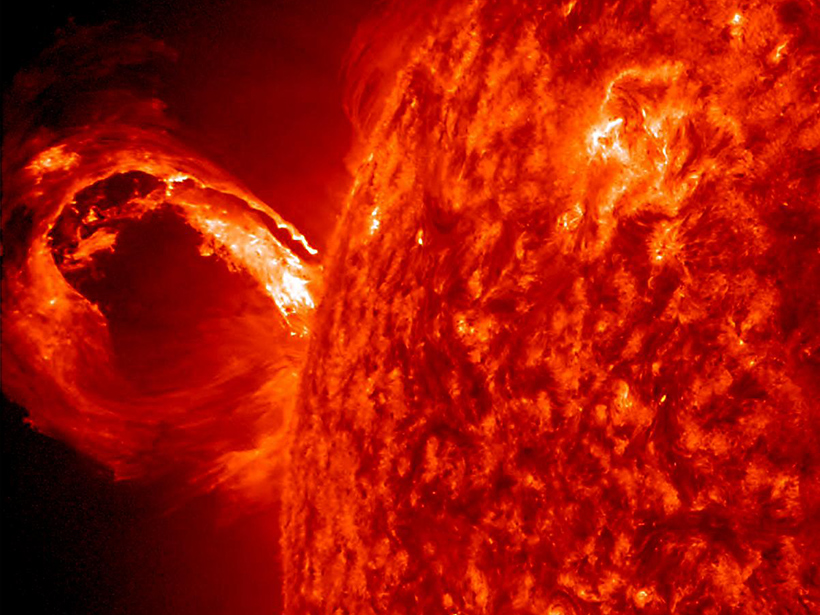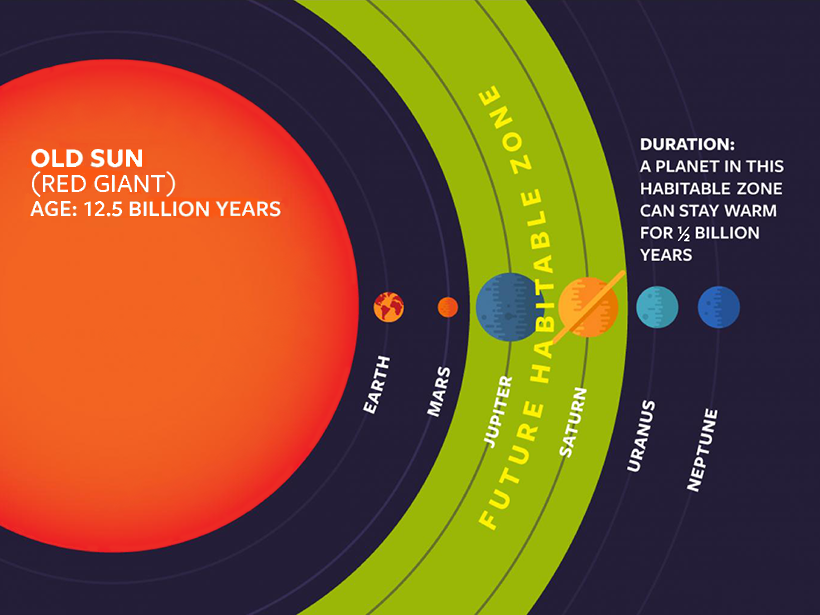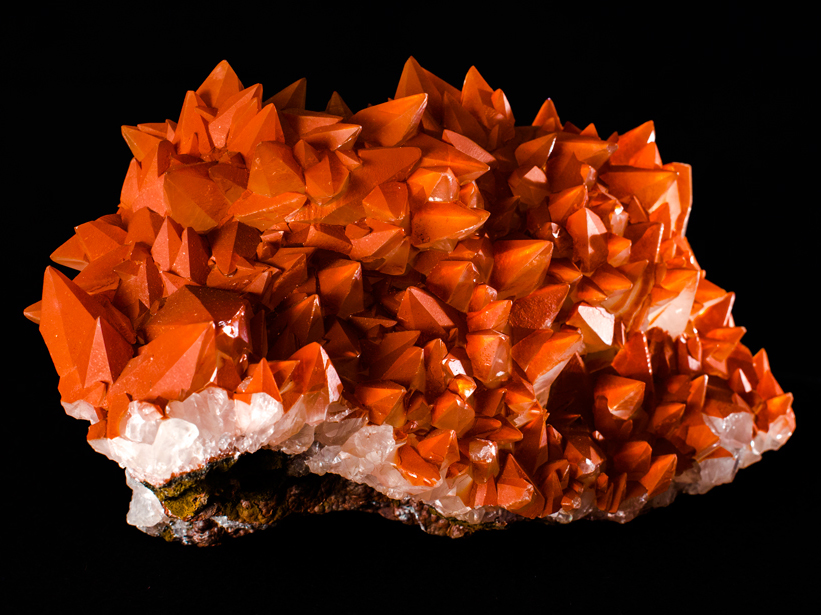Although the mission’s lander might not have survived, the new Trace Gas Orbiter spacecraft will explore clues that may indicate extraterrestrial life.
life as we know it
Closest Ever Terrestrial Exoplanet Found, Habitability Debated
Researchers are excited about a new, potentially habitable exoplanet orbiting our closest stellar neighbor, Proxima Centauri.
Venus's Unexpected, Electrifying Water Loss
New research shows that an electric field surrounding Venus is stripping its atmosphere of water—and the same phenomenon may plague exoplanets scientists hope might be habitable.
Did Solar Flares Cook Up Life on Earth?
Scientists have found that "super" solar flares could have warmed the ancient planet and jump-started life.
Aging Stars Make New Habitable Zones
Scientists searching for life in the universe now have a new target: the once-icy worlds orbiting red giants.
Martian Carbonates Spotted by the Orbiter
The minerals identified by the Mars Reconnaissance Orbiter provide more evidence that the planet may have once been habitable.
Impacts Might Have Made Ancient Mars Briefly Hospitable to Life
A bombardment of the Red Planet 4 billion years ago could have created hot springs that allowed life to flourish.
Planetary Caves' Role in Astronaut Bases and the Search for Life
2nd International Planetary Caves Conference; Flagstaff, Arizona, 20–23 October 2015
New NOVA TV Show Explores Coevolution of Rocks and Life
Mineralogist Robert Hazen and other scientists probe connections between living organisms and rocks in "Life's Rocky Start," which premieres tonight on PBS stations around the United States.
Where Curiosity Has Taken Us
The Curiosity rover, one of NASA's flagship missions, analyzes Martian geology, geochemistry, climatology, and radiation to assess whether Mars could have supported microbial life.










